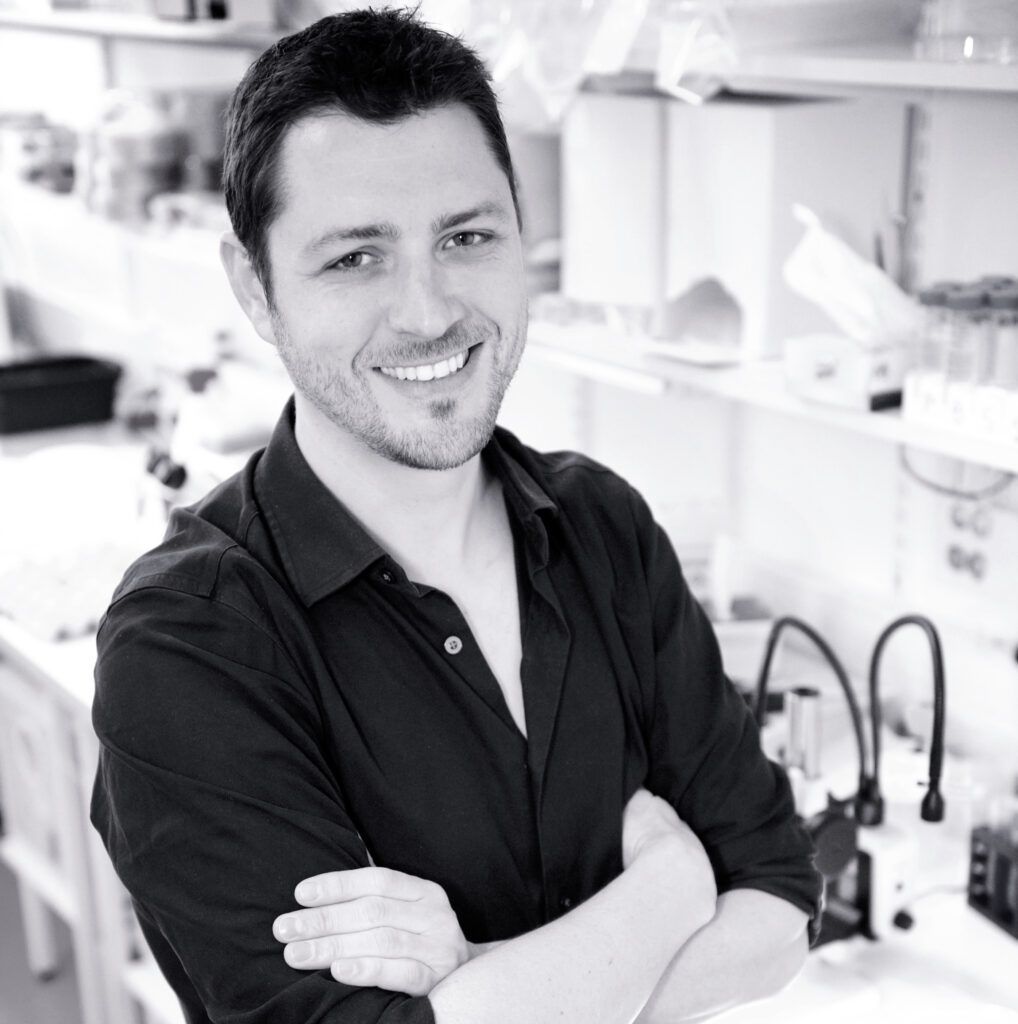I am an applied mathematician with a background in fluid mechanics. Most of the work I do is in the theoretical modelling of biophysical phenomena, but I am fairly agnostic towards the exact type of problem. Anything can be interesting! The challenge (and the fun) lie in developing models that are as simple as possible, and as complicated as necessary to explain the behaviour of a real-world system. In particular, I care about relating the parameters of my models back to reality and giving experimentalists a guide to test their predictions.
Thematically, my work is divided in three areas: The mechanics of embryonic development, the dynamics of biological and artificial microswimmers, and geophysical topics such as plate tectonics. These areas are united by ideas from low-Reynolds number (i.e. inertialess) hydrodynamics, but concepts from nonlinear physics, stochastic analysis, chemistry, reaction-diffusion systems and complex fluids also show up.
I prefer using a pencil over a computer, but over time I have developed passable skills in scientific programming, including finite- and boundary element methods, and coded in Matlab, Mathematica, Python and Fortran.





